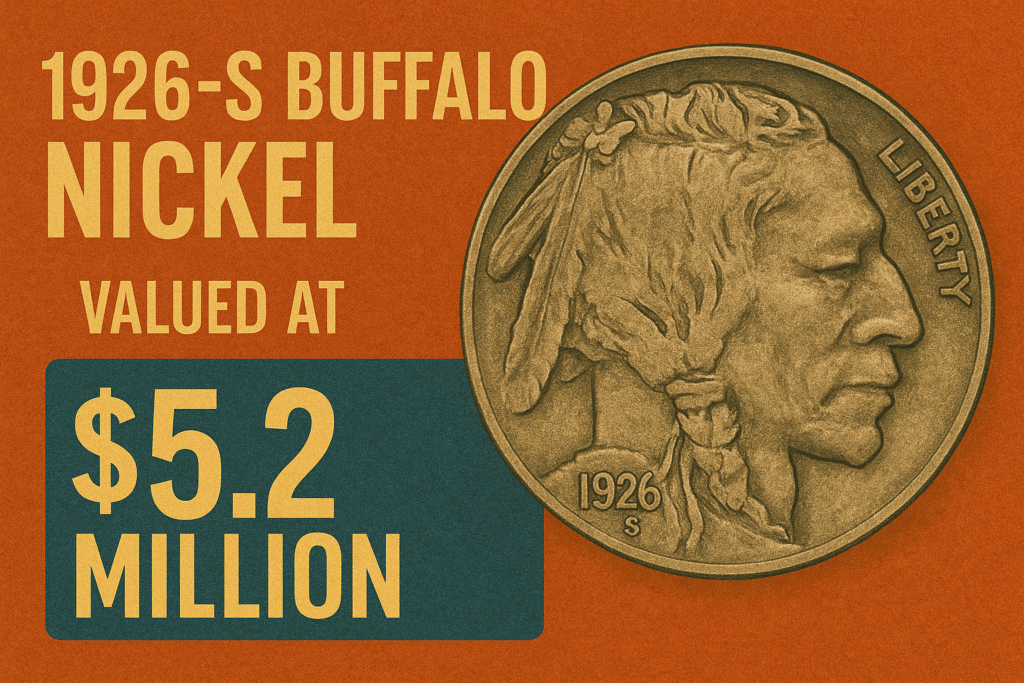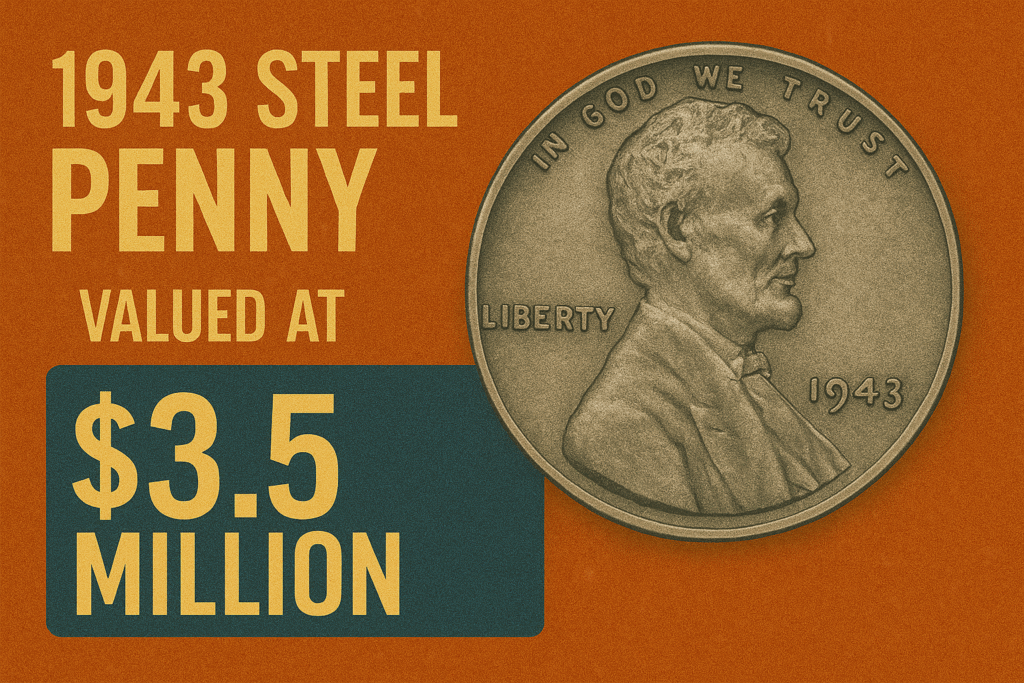Dogs are emotionally intelligent and express their feelings through body language, behavior, and interaction with their environment. Understanding your dog’s signs of happiness is crucial for strengthening your bond and ensuring their overall well-being.
A happy dog isn’t just playful or tail-wagging — it’s a mix of physical signs, emotional expression, and how they engage with the world. Here’s how to know for sure.
1. Relaxed Body Language
A happy dog shows a relaxed posture. Their ears are in a neutral position, the tail is wagging gently, and the body isn’t stiff or tense. Soft eyes, slightly open mouth (as if smiling), and a loose stance are all signs your dog is at ease.
2. Tail Wagging (the Right Way)
Not all tail wags mean happiness. A slow, side-to-side wag with a relaxed body usually indicates contentment. A high, stiff wag may mean excitement or anxiety, so pay attention to the whole posture.
3. Healthy Appetite
Dogs that are happy generally have a healthy appetite. They get excited for mealtime and treats. A sudden disinterest in food may indicate stress or health problems.
4. Playfulness
A happy dog initiates play, fetches toys, and may do the classic “play bow”—front legs down, rear end up. They show curiosity and enthusiasm, especially during interactive play.
5. Enjoys Being Around You
If your dog follows you from room to room, rests nearby, or leans against you, these are signs of affection and emotional happiness. Dogs are social creatures, and a happy one craves your companionship.
6. Sleeping Well
Adult dogs sleep around 12–14 hours a day. Happy dogs sleep soundly and often in relaxed positions (on their side, curled up, or belly up). Disrupted sleep or restlessness could indicate discomfort or anxiety.
7. Healthy Coat and Skin
A shiny coat and healthy skin often reflect a well-cared-for and happy dog. Stress can cause shedding or dull fur, so your dog’s physical condition is a reflection of their emotional health too.
8. Regular Tail Chasing or Zoomies
Sudden bursts of energy—known as “zoomies”—are a sign of joy. If your dog occasionally runs wildly around the house or yard, it’s a sure sign of happiness and comfort.
9. Good Behavior Around Other Dogs
A happy dog is more likely to show balanced behavior during social interactions with other dogs. They’ll greet appropriately, play without aggression, and respond to social cues.
10. Responds to Your Voice and Commands
Happiness often translates into attentiveness. If your dog listens to your voice, responds to basic commands, and is eager to please, they’re not just well-trained—they’re content.
11. Shows Curiosity and Engagement
Happy dogs are curious and want to explore their environment. Sniffing around the yard, investigating sounds, and showing excitement on walks are signs of mental stimulation and satisfaction.
12. Licks or Gently Nibbles
Licking is a sign of affection. If your dog licks your hand, face, or feet or gently nibbles when playing, it often means they’re expressing love and trust.
Quick Reference Table: Signs of a Happy Dog
| Sign | What It Means | Tips for Encouragement |
|---|---|---|
| Relaxed Body Language | Dog is calm and not threatened | Offer a safe, stress-free space |
| Tail Wagging | Joy and comfort | Observe for full body movement |
| Healthy Appetite | Contentment and well-being | Maintain a balanced diet |
| Playfulness | Engaged and joyful | Provide toys and playtime daily |
| Likes Your Company | Bonded and secure | Spend quality time regularly |
| Good Sleep | Emotionally and physically at peace | Ensure a comfy sleeping area |
| Shiny Coat | Healthy and low-stress | Groom regularly and feed well |
| Zoomies | Release of joyful energy | Allow space for safe running |
| Friendly with Other Dogs | Social and secure | Socialize under supervision |
| Obedient & Attentive | Connected and confident | Use positive reinforcement |
| Curious Nature | Mentally stimulated | Take your dog on new adventures |
| Licks/Nibbles Affectionately | Trust and affection | Accept and reciprocate affection |
How to Keep Your Dog Happy
- Provide Daily Exercise – Walks, runs, and play help burn energy and stimulate your dog mentally and physically.
- Give Mental Stimulation – Puzzle toys, new scents, and training keep your dog’s mind sharp.
- Show Affection – Dogs need physical and emotional affection—petting, praising, and playing strengthen your bond.
- Stick to a Routine – Dogs thrive on routine. Regular mealtimes, walks, and sleep cycles provide structure and security.
- Regular Vet Visits – Maintaining your dog’s health is essential. Happy dogs are usually healthy dogs.
FAQs: Understanding a Happy Dog
Q1: Can a dog be happy even if it doesn’t wag its tail?
Yes. Tail wagging is just one sign. A dog may express happiness through relaxed body posture, playfulness, and affection.
Q2: What does it mean when my dog follows me everywhere?
This usually means they feel bonded and secure with you. It’s a sign of trust and affection.
Q3: How do I know if my dog is bored or unhappy?
Signs include destructive behavior, excessive barking, or lethargy. A lack of playfulness and social interaction may indicate unhappiness.
Q4: Are zoomies always a good sign?
Yes, they generally indicate excitement and joy. Frequent, safe bursts of energy are normal for a happy, well-exercised dog.
Q5: Do dogs smile when they’re happy?
Sort of! Dogs may appear to smile with a relaxed open mouth, soft eyes, and calm body language. It’s one of many cues they’re content.


